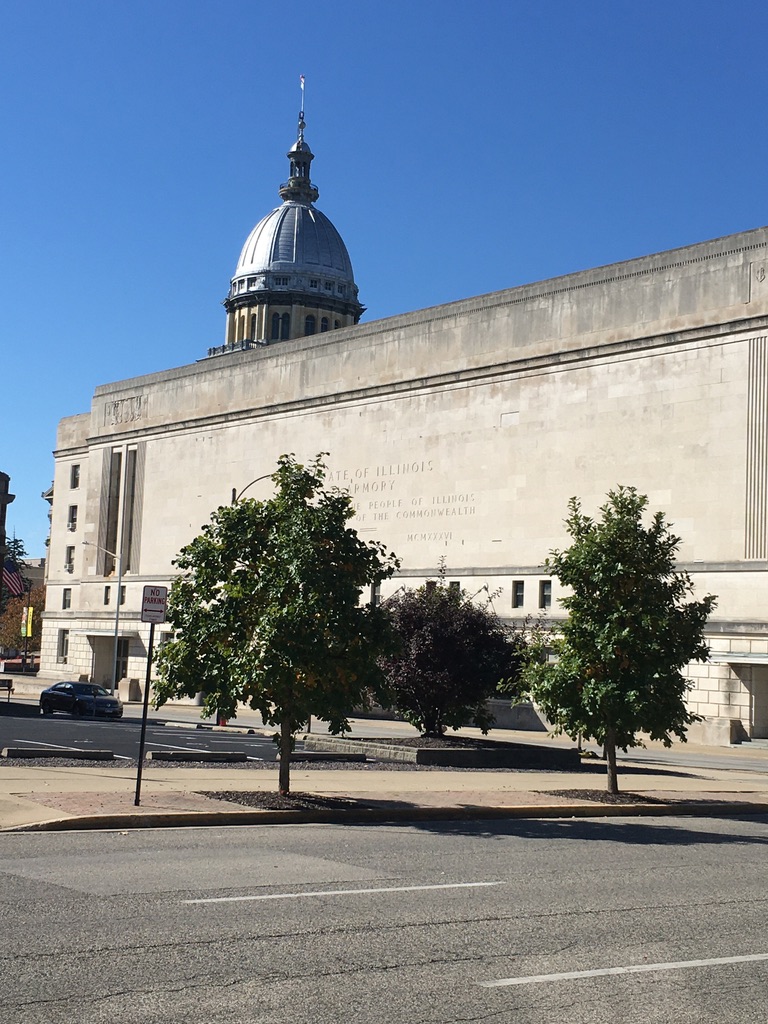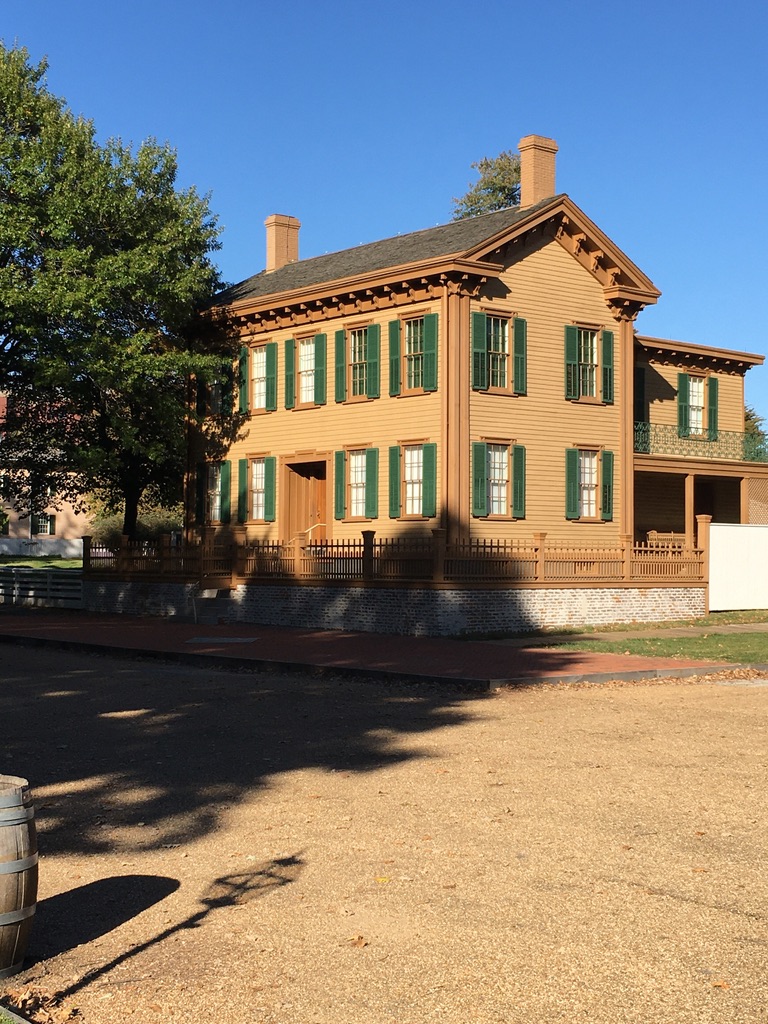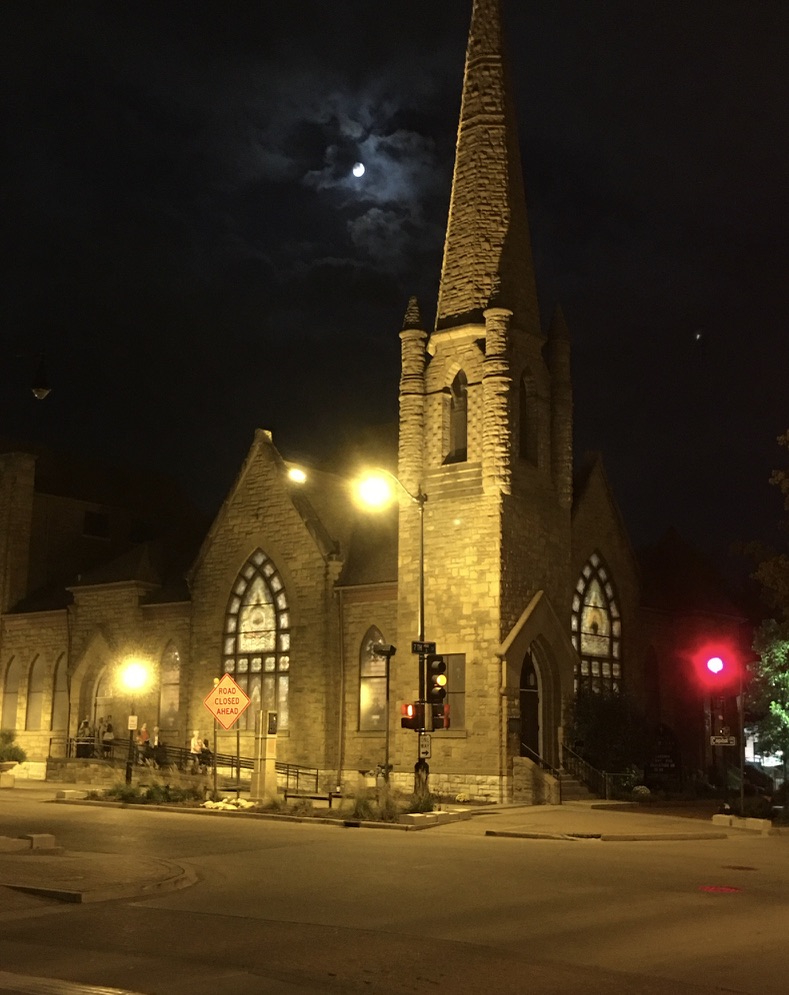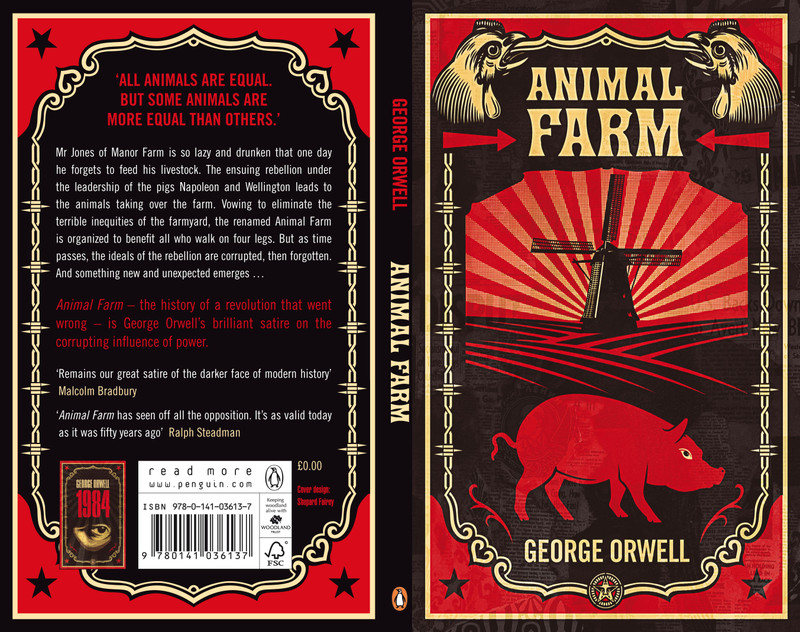The first question in many gatherings is, where are you from?
I answer Springfield, Illinois which is where I finished high school 60 years ago. The class gathered again this past week, the first time since the 50th reunion.
The experience is truly a re-union. I was able to interact with the city, the school and classmates. The event reconnected past recollections and the present. The impressions may even continue to shape the future for some or all.
Michael De Sapio has written about the importance one’s local community:
We spend much of our time concerning ourselves with places and people far removed from us. The things closest to us, by contrast, often become negligible and disposable. If you make an effort to reconnect with your neighborhood, town, and community, you may come to see your home in a new light—hallowed by time and … and history, and perhaps even imbued with heroism or romance.
Reunions remind attendees of the influence of the place we once, or maybe still, call home. It made a difference in who we are today.
The State Capital and Land of Lincoln
Abraham Lincoln defines Springfield’s soul. On February 11, 1861 he delivered a farewell address to his fellow residents. He would never return. His parting words are remembered for their emotional honesty. They illustrate his debt to a place that helped shape who he was.
My friends, no one, not in my situation, can appreciate my feeling of sadness at this parting. To this place, and the kindness of these people, I owe everything. Here I have lived a quarter of a century, and have passed from a young to an old man. Here my children have been born, and one is buried. I now leave, not knowing when, or whether ever, I may return. . .
Springfield is flat, except for the meandering of Lake Springfield at the outer edge. The sky and corn or wheat/hay fields on the way seem to stretch to an endless horizon.

The city’s topography is a geometric with one-way streets to facilitate traffic. But there are few cars, even in rush hour. Downtown is dominated by buildings whose former lives are now lost in their current role as state office buildings. Vacant lots are paved over for parking; but we never saw a lot filled.
(Capital spire and former State Armory)

The city is so level that sounds travel great distance. Amtrak and freight trains still run through the center of town along 4th Street, day and night. The doppler effect of train whistles’ signals this constant coming and going.
We were stopped at a railway crossing for a freight train consisting of only flatbeds carrying one or two shipping containers. I counted a freight car passing every second. The gates were down for over five minutes. And there was even a second engine in the middle of the train for more power. The train extended for at least three miles.
There is a church bell in the center of town that sounds every 15 minutes and strikes the hour. This passing of time is heard throughout the downtown.
The capital building dominates the skyline. Empty lots, some still grass but most paved over, were meant to accommodate people driving to work. But the legislature is out of session. The elected representatives and lobbyists have gone. Offices are quiet and often closed. The town seems empty even on a work day. Is this the mirror side of working from home?
Sixty years ago Springfield was a manufacturing and business center, as well as the state capital. Allis Chalmers and Sangamo Electric had manufacturing plants. Franklin Life and Horace Mann had their corporate insurance headquarters near the city center. Frank Lloyd Wright designed a prairie style home in the same area.
Today state government and the service sectors dominate. A modern downtown brick constructed Methodist church is now the office of the Springfield Chamber of Commerce, complete with steeple. The state capital is across the street.

Tourists trace Lincoln’s legacy beginning with the two blocks reconstructed as they existed in 1860 around his home. The Old State Capital and new Presidential museum and library are major draws.

Health care and new community and college campuses are additions to the city’s evolving economy.
The density and intensity that is characteristic of larger cities is absent in Springfield.
The pace feels more akin to farming than to the modern workday culture. Saturday’s farmer’s market in downtown was the most crowds we experienced. Lots of younger people were here as well, both shopping and making a living. Every stall is carefully ordered in its presentation, except for water color paintings.





Amongst these every day events, there is a feeling of something more consequential about the town. Lincoln’s heritage is central. The spirit of the place which formed him still animates today. Patient and timeless lessons seem to grow in this center of flatland farms of corn and endless, open sky.
The Springfield poet Vachel Lindsay referenced this spirit in his 1914 poem Abraham Lincoln Walks at Midnight. Both the sense of place and Lincoln’s profound insights seem timeless, especially relevant to today’s events.

It is portentous, and a thing of state
That here at midnight, in our little town
A mourning figure walks, and will not rest,
Near the old court-house pacing up and down. . .
A bronzed, lank man! His suit of ancient black,
A famous high top-hat and plain worn shawl
Make him the quaint great figure that men love,
The prairie-lawyer, master of us all. . .
His head is bowed. He thinks on men and kings.
Yea, when the sick world cries, how can he sleep?
Too many peasants fight, they know not why,
Too many homesteads in black terror weep. . .
He cannot rest until a spirit-dawn
Shall come;—the shining hope of Europe free;
The league of sober folk, the Workers’ Earth,
Bringing long peace to Cornland, Alp and Sea.
This reunion reconnected us with a momentary phase of our lives. Springfield’s special history sits amidst an ever evolving generation of new enterprises. Revisiting our one-time home sparked new insights. A place alive with past and present activities busily weaving a new future.
In later blogs I will share how my high school has changed, yet still remains the same, and impressions from former classmates.





















